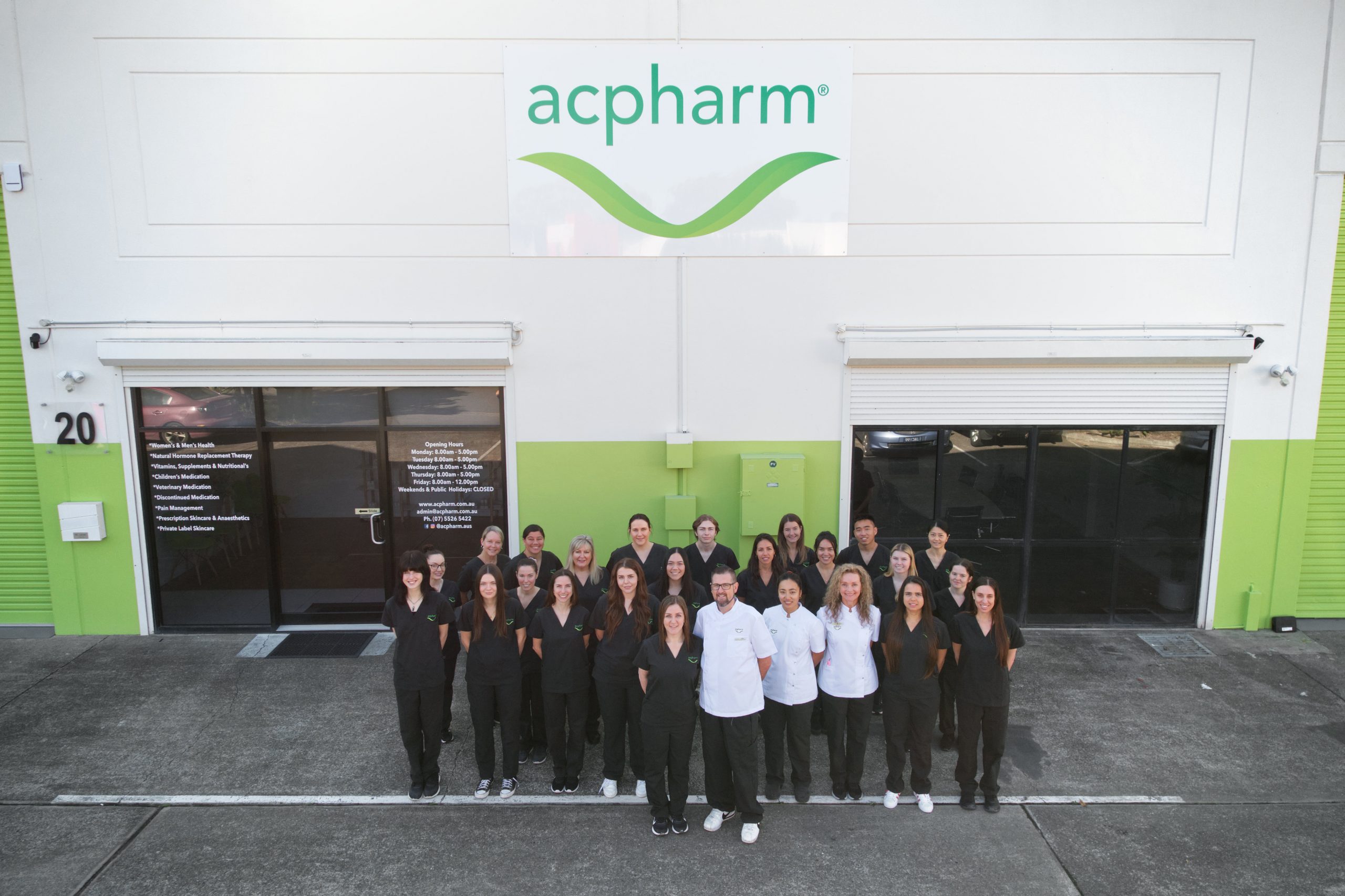You can’t get influenza from a flu shot – here’s how it works
June 25, 2019 6.11am AEST
Authors
-
Allen Cheng
Professor in Infectious Diseases Epidemiology, Monash University
-
Katherine Kedzierska
Academic, Microbiology and Immunology, University of Melbourne
Disclosure statement
Allen Cheng receives funding from the Commonwealth
Government and holds research grants with the National Health and
Medical Research Council. He is the Chair of the Advisory Committee for
Vaccines and the Co-Chair of the Australian Technical Advisory Group on
Immunisation.
Katherine Kedzierska receives funding from the National
Health and Medical Research Council, and from the Australian Research
Council.
Partners



Influenza is a moving target for vaccines. Each year, up to four
different strains circulate, and they are constantly evolving to escape
our immune system.
So rather than childhood jabs giving long lasting immunity, we need
annual flu shots to provide optimal protection against influenza.
But while you might sometimes get sick after having a flu shot, it’s a myth that having a flu shot can give you the flu.
A quick history of the flu vaccine
Influenza vaccines were first developed in the 1930s and 1940s, starting with the isolation of the influenza virus.
Back then, we learned
there were many different influenza strains. To be effective, early
research showed the vaccine needed to be matched to the circulating
strains, and to be able to stimulate a response from the immune system.
Read more:
When’s the best time to get your flu shot?
The process to produce modern influenza vaccines now occurs on a much
more refined and industrial scale. Hundreds of thousands of influenza
viruses are collected by hundreds of national influenza centres around
the world.
From these, four strains are selected
for the annual flu vaccine, based on the viruses that are circulating
at that time, how well the vaccines activate the immune system, how the
strains are evolving, and the effectiveness of previous vaccines.

hotsum/Shutterstock
Most modern vaccines are manufactured
by growing large quantities of live virus – mostly in chicken eggs or
less commonly animal cells – which are then purified, deactivated and
split into smaller components. These vaccines are inactive and cannot
replicate.
There are also two new “enhanced” vaccines that are used in older people, who don’t tend to respond as strongly to vaccines: Fluzone High Dose and Fluad, which is designed to better stimulate immunity and draw immune cells to the site of vaccination.
Read more:
High-dose, immune-boosting or four-strain? A guide to flu vaccines for over-65s
How the immune system fights the flu
The human immune system has several strategies to protect against
infection. For viral infections such as influenza, the key strategy is
known as adaptive immunity. This part of the immune system can
“remember” previous exposure to pathogens.
When you get an influenza infection, the virus enters and hijacks the
machinery of the host cell to replicate itself, before releasing these
copies to infect more cells.
T lymphocyte cells
of the immune system can recognise this viral incursion. T cells
protect against further spread of the virus by activating pathways that
cause infected cells to trigger a “suicide” process.
Another strategy the body uses is to produce antibodies, which are
molecules produced by B cells that recognise components of the viral
capsule. These antibodies work by sticking to the surface of the influenza virus to prevent it spreading and facilitating disposal.
Flu shots help mount a quicker defence
On a first exposure to a pathogen, our B cells take at least two
weeks to ramp up production of antibodies. However, on subsequent
challenges, antibody production occurs much more quickly.
Influenza vaccines harness this arm of the immune system, known as
“humoral” immunity. By “practising” on viral components, vaccines allow
the immune system to react more quickly and effectively when faced with
the real virus.

DonyaHHI/Shutterstock
So why do you sometimes get sick after a flu shot?
There are several reasons why you might feel a bit off after getting your flu shot.
First, your flu shot only protects you against influenza and not
other respiratory illness which might causes similar cold or flu
symptoms. This includes RSV (respiratory syncytial virus), which is common in late autumn and early winter.
Read more:
Sick with the flu? Here’s why you feel so bad
Second, stimulating the immune system can result in symptoms
similar to that of influenza, although much milder and short-lived.
These include local inflammation (redness, pain or swelling at the site
of the vaccine) and more general symptoms (fever, aches and pains,
tiredness).
Third, vaccine-induced protection isn’t complete. In some years, the vaccine is not well matched
to circulating strains. Usually this is due to mutations that may
develop in circulating strains after the vaccine strains are selected.
The flu vaccine also doesn’t “kick in” for two weeks after vaccine
administration. In some people, particularly those who are older and
those who have weakened immune systems, antibody production is not as
strong, and the level of protection is lower.
Despite this, studies have consistently shown that vaccinated people are less likely to get influenza or complications from the flu than those who aren’t vaccinated.
Read more:
Flu vaccine won’t definitely stop you from getting the flu, but it’s more important than you think
A better way to protect against the flu
A problem with current vaccines is the reliance on eggs, which
results in a relatively slow and labour-intensive production process.
Current work is
aiming to speed up this process by using different technologies so that
vaccine manufacturers can react more quickly to changes in circulating
viruses.
The “holy grail”
for influenza vaccines is to stimulate an effective immune response to a
component of influenza that doesn’t change each year, so annual
vaccination is not required.
These efforts have proved elusive so far.
Read more:
The Holy Grail of influenza research: a universal flu vaccine
A better strategy might be to harness T cell immunity. Recent work
has shown that a type of T cell, known as “killer” T cells, can
recognise other parts of the influenza virus, and therefore can provide
broad protection against seasonal and pandemic strains.
But while we wait for a better alternative, getting an annual flu shot is the best way to avoid the flu.
Powered by WPeMatico

